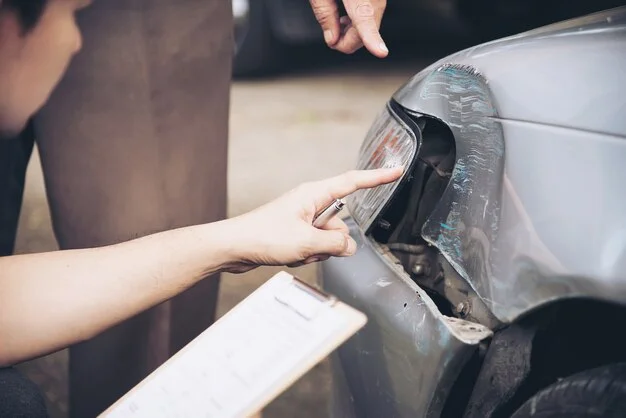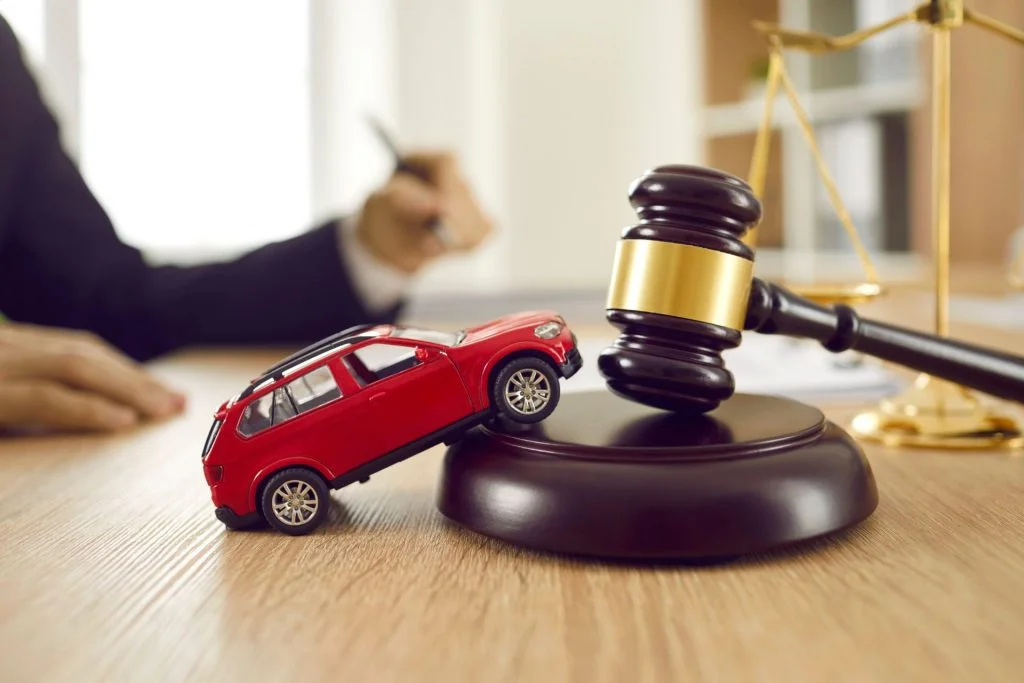Car accidents can be incredibly stressful, leaving you shaken and unsure of what to do next. After a collision, one of the most pressing questions is determining who’s responsible for the damages. This can be crucial, especially when dealing with insurance companies and medical bills.
Traditionally, people assume the location of the impact tells the whole story. A rear-ended car might point blame to the one in front, but that’s not always the case. Accidents can be complex, and relying solely on where the cars collided can lead to misunderstandings and unfair settlements.
That’s where hiring the best car accident lawyers comes in. These professionals can provide necessary insight into the accident’s specifics and help determine who’s liable for the damages. Read on to learn more about car accident types and why relying solely on the impact location can be limiting.
Common Types of Car Accidents and Damage Patterns

Understanding the kind of accident you’ve been in and the typical damage patterns can be a helpful first step. Here’s a breakdown of some common collisions:
Head-On Collision
These are severe crashes where the fronts of two vehicles collide head-to-head. The force of impact is usually significant, causing extensive damage to the front ends of both cars. Engines, hoods, bumpers, and windshields often bear the brunt of the blow.
Rear-End Collision
This is the most frequent type of accident. It occurs when a following car hits the car in front. The rear car typically sustains damage to its front hood, bumper, and grill, while the car that gets hit usually shows damage to the trunk lid, bumper, and rear lights.
Sideswipe Collision
A sideswipe collision occurs when two cars traveling parallel to each other make contact. This type of accident can occur due to various factors, such as changing lanes without signaling or drifting out of a lane. The damage pattern in this type of accident typically affects the sides of both vehicles, impacting doors, fenders, and side mirrors.
T-Bone Collision
Also known as a broadside collision, this happens when the front of one car slams into the side of another, forming a T-shape. The car that gets T-boned often significantly damages its doors, pillars, and passenger compartment. The other car might show damage to its front bumper and hood.
The point of impact on the T-boned car can be crucial in assigning fault. For example, a driver’s disregard for a stop sign or red light might be evident if the impact occurred far back on the car’s side.
Turning Crashes
These accidents often involve a driver turning left and colliding with a vehicle from the opposite direction. The location of the damage on each car can be a clue about which driver violated the right-of-way. For instance, damage to the front driver’s side of a turning car suggests they might have turned into oncoming traffic.
Limitations of Using Location of Impact Alone
While the location of impact can be a starting point, it’s just one piece of the puzzle in determining fault. Imagine a rear-end collision where the car in front brakes suddenly to avoid a hazard. The location of the impact might point to the rear car, but the situation tells a different story.
To get a clearer picture, accident investigators consider a more comprehensive range of evidence:
- Witness statements: People who saw the accident can provide crucial details about driver behavior, like sudden lane changes or speeding.
- Traffic violations: Did either driver run a red light, fail to yield, or drive recklessly? Traffic citations issued at the scene can be strong indicators of fault.
- Skid marks: The length, direction, and location of skid marks can reveal how fast a vehicle was going and which driver might have applied the brakes abruptly.
- Weather conditions: Rain, snow, or fog can affect visibility and traction, impacting how a driver reacts and maneuvers their car. This evidence can help explain why the accident occurred.
Considering these factors and the location of impact can provide a more accurate understanding of what happened and who might be liable for damages.
Importance of Professional Accident Reconstruction
Sometimes, the cause of an accident isn’t clear-cut. That’s where accident reconstruction professionals step in. These are professionals trained in analyzing crashes and piecing together the sequence of events. They act like detectives, meticulously examining:
- The accident scene: Skid marks, debris patterns, and vehicle damage all hold valuable clues.
- Driver statements: While witness accounts are helpful, professionals can identify inconsistencies or gaps in the driver’s story.
- Police reports and witness statements: These documents record the initial observations at the scene.
- Vehicle data recorders (black boxes): Modern cars often have data recorders that capture information about speed, braking, and steering inputs just before the crash.
Accident reconstruction professionals don’t rely solely on their observations. They often utilize specialized software to recreate the accident scene in 3D simulations. This allows them to analyze factors like speed, angles of impact, and vehicle dynamics to determine how the accident unfolded.
Legal Considerations and Seeking Legal Help
Understanding fault in a car accident goes beyond just getting your car fixed. It determines who is financially responsible for medical bills, lost wages, and other damages. You deserve fair compensation for your losses if you’re the injured party and not at fault.
Navigating insurance claims and legal proceedings can be complex, especially in situations with unclear faults. Consulting with an experienced car accident attorney can be a wise decision. They can help you understand your rights, gather evidence, negotiate with insurance companies, and represent you in court if necessary.









